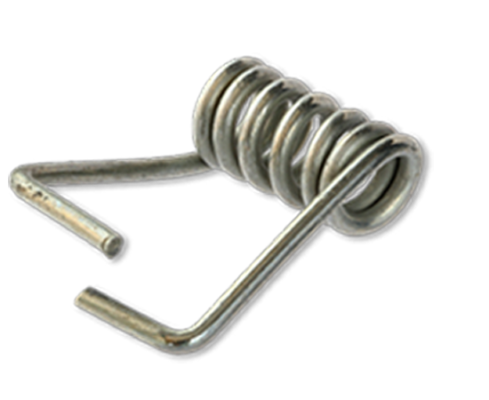Torsion springs, indispensable components in mechanical systems, are designed to exert torque or rotational force. In this detailed guide, we’ll delve into the functionality, applications, and variations of torsion springs, shedding light on their importance in various industries.
Torsion springs exert torque when twisted or rotated, storing mechanical energy in the process. They exhibit a unique ability to return to their original position after being subjected to rotational forces, making them essential for numerous applications.
Functionality and Applications
Torsion springs find wide-ranging applications in mechanisms requiring rotational motion or torque, such as hinges, door closers, and various automotive systems. They play a critical role in ensuring smooth operation and controlled movement in these applications.
Design Variations
Torsion springs are available in several design variations to suit different applications and load requirements:
- Straight Leg Torsion Springs: Featuring straight legs for simple installation and attachment.
- Double Torsion Springs: Consisting of two coil sections connected by a central leg, offering increased torque and angular deflection.
- Short Hook Ends: Equipped with short hook-shaped ends for easy attachment and secure fastening.
- Straight Offset Ends: With straight legs offset from the centerline, providing increased torque and angular deflection.
Selecting the Right Torsion Spring
Engineers consider factors such as torque requirements, angular deflection, and space constraints when selecting torsion springs. They also take into account parameters like wire diameter, coil diameter, and material properties to ensure optimal performance.
Conclusion
Torsion springs are versatile components with a wide range of applications across various industries. Understanding their functionality, design variations, and selection criteria is crucial for engineers and designers seeking to incorporate them into their projects.
For more information on torsion springs, visit:

